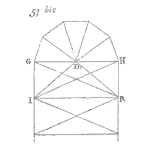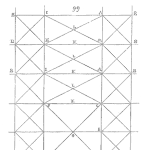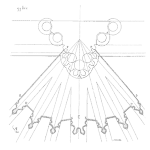
Identifying and Dealing with Bad Actors
Abstract
James and Fred discussing the few ways to deal with pieces of equipment that fail either often or expensively.
ᐅ Play Episode
Your Reliability Engineering Professional Development Site
Let us address your reliability engineering questions. Gain the experience of your peers and accelerate the improvement of your program and career.
Listen, comment, send questions, join the discussion.
by James Kovacevic Leave a Comment

James and Fred discussing the few ways to deal with pieces of equipment that fail either often or expensively.
ᐅ Play Episode

Kirk and Fred discussing a listener’s question on how to get started with HALT (Highly Accelerated Limit Test).
ᐅ Play Episode

Kirk and Fred discussing what engineers estimated stress and environmental use conditions and loads for long term use and reliability during new product development
ᐅ Play Episode
by Carl S. Carlson Leave a Comment

Carl and Fred discussing the interaction of reliability engineering with supply chain management.
ᐅ Play Episode

Carl and Fred discussing the subject of how to integrate reliability into your company’s product development process.
ᐅ Play Episode
by James Kovacevic Leave a Comment

James and Fred discussing how being good at change management matters for reliability folks.
ᐅ Play Episode
by James Kovacevic Leave a Comment

James and Fred discussing prioritizing risks to solve in the world of asset management.
ᐅ Play Episode
by Carl S. Carlson Leave a Comment

Carl and Fred discussing reliability methods from a value perspective. The value of your finding needs to be comparable to what the organization is valuing.
ᐅ Play Episode
by Carl S. Carlson Leave a Comment

Carl and Fred discussing the importance of discovering and understanding failures during product development.
ᐅ Play Episode
by James Kovacevic Leave a Comment

James and Fred discussing a few details around asset management setting priorities.
ᐅ Play Episode
by James Kovacevic Leave a Comment

James and Fred discussing improving a reliability program within a maintenance program.
ᐅ Play Episode
by Carl S. Carlson Leave a Comment

Carl and Fred discussing the broad subject of people skills in the application of reliability engineering. The ability to influence other people in a positive and constructive manner, is an essential skill.
ᐅ Play Episode
by Carl S. Carlson Leave a Comment

Carl and Fred discussing one of the more important aspects of developing a good reliability plan: how to select the right reliability tools.
ᐅ Play Episode
by James Kovacevic Leave a Comment

James and Fred discussing getting maintenance input into the design process.
ᐅ Play Episode
by James Kovacevic Leave a Comment

James and Fred discussing the range of motivation for professional education.
ᐅ Play Episode